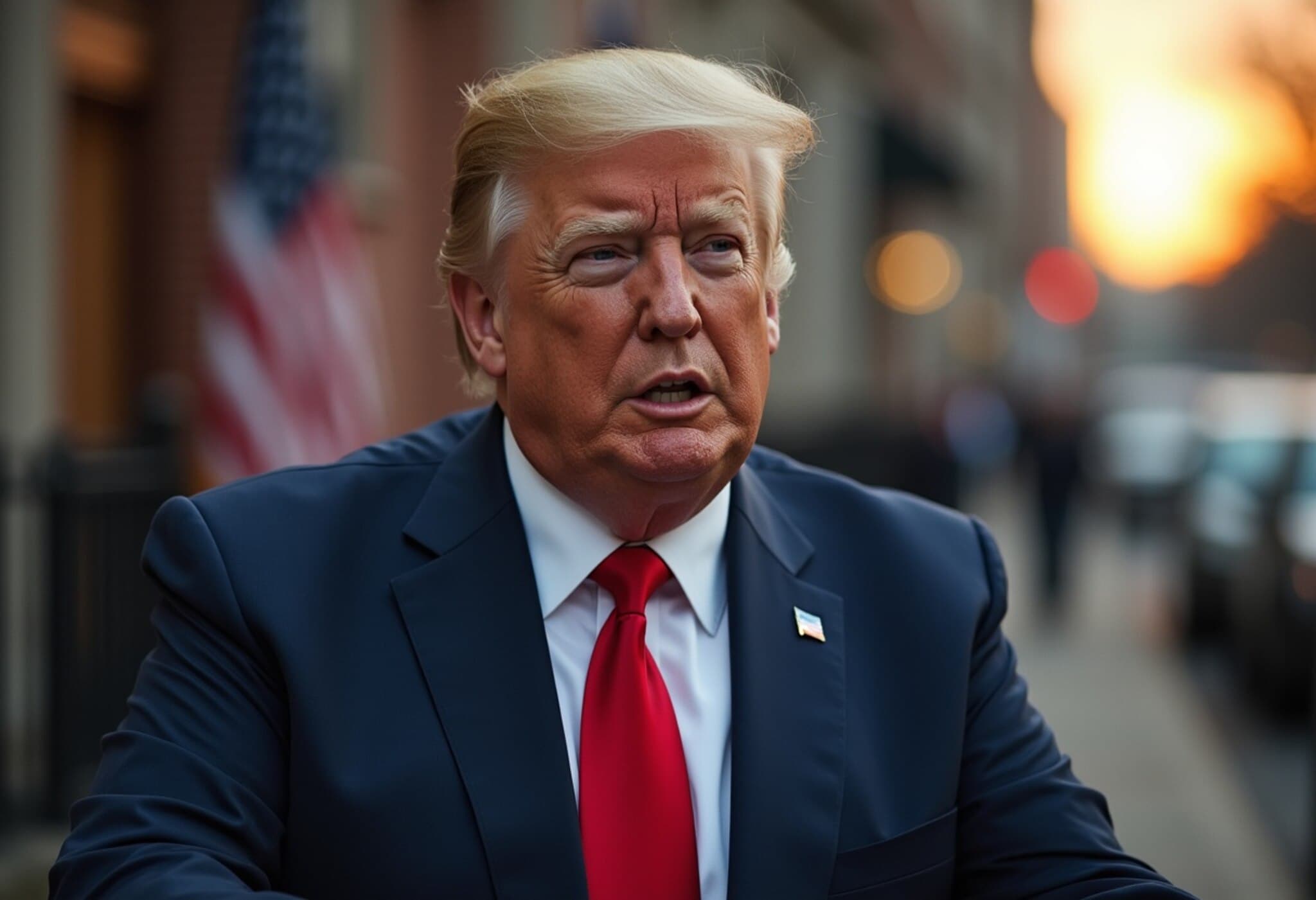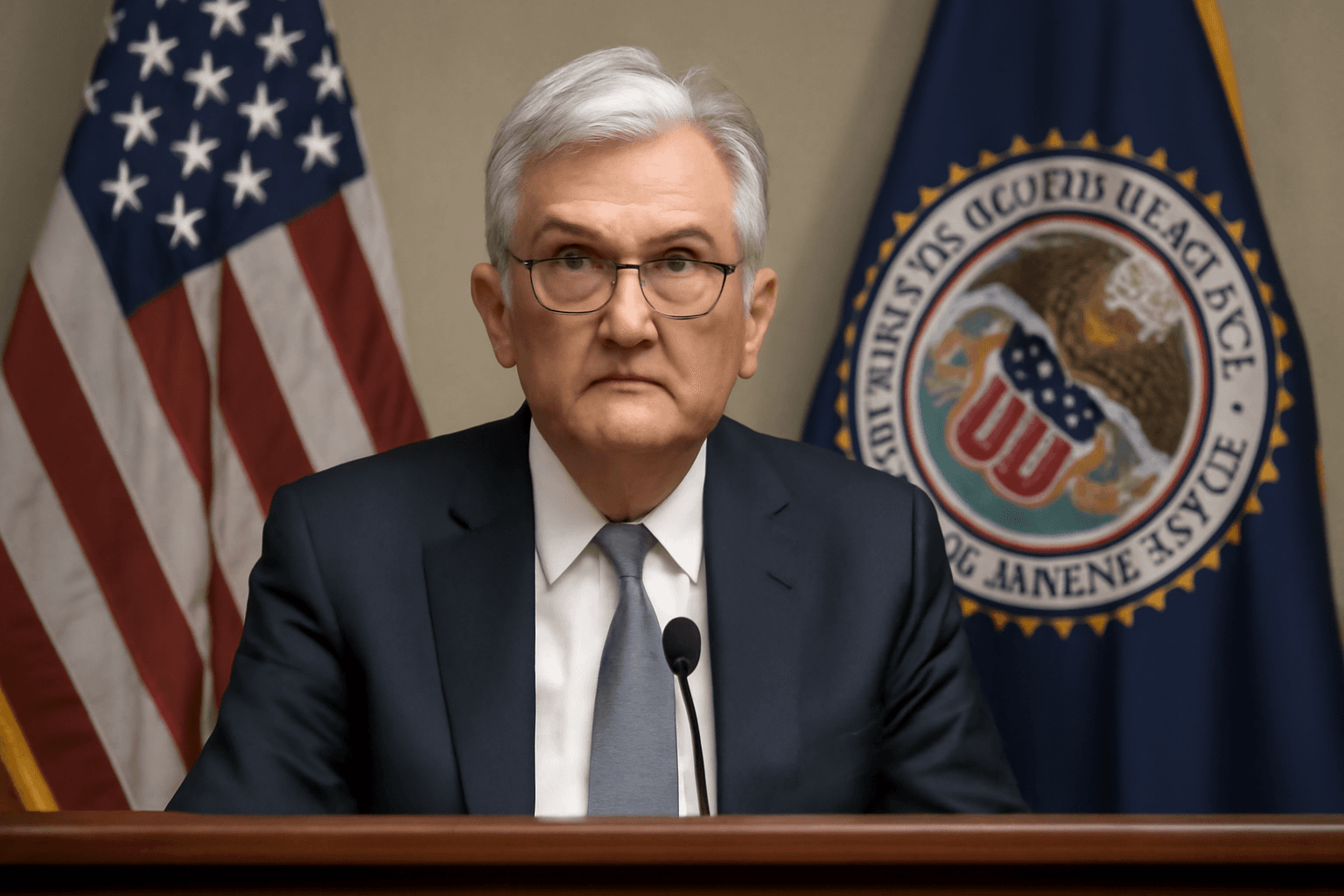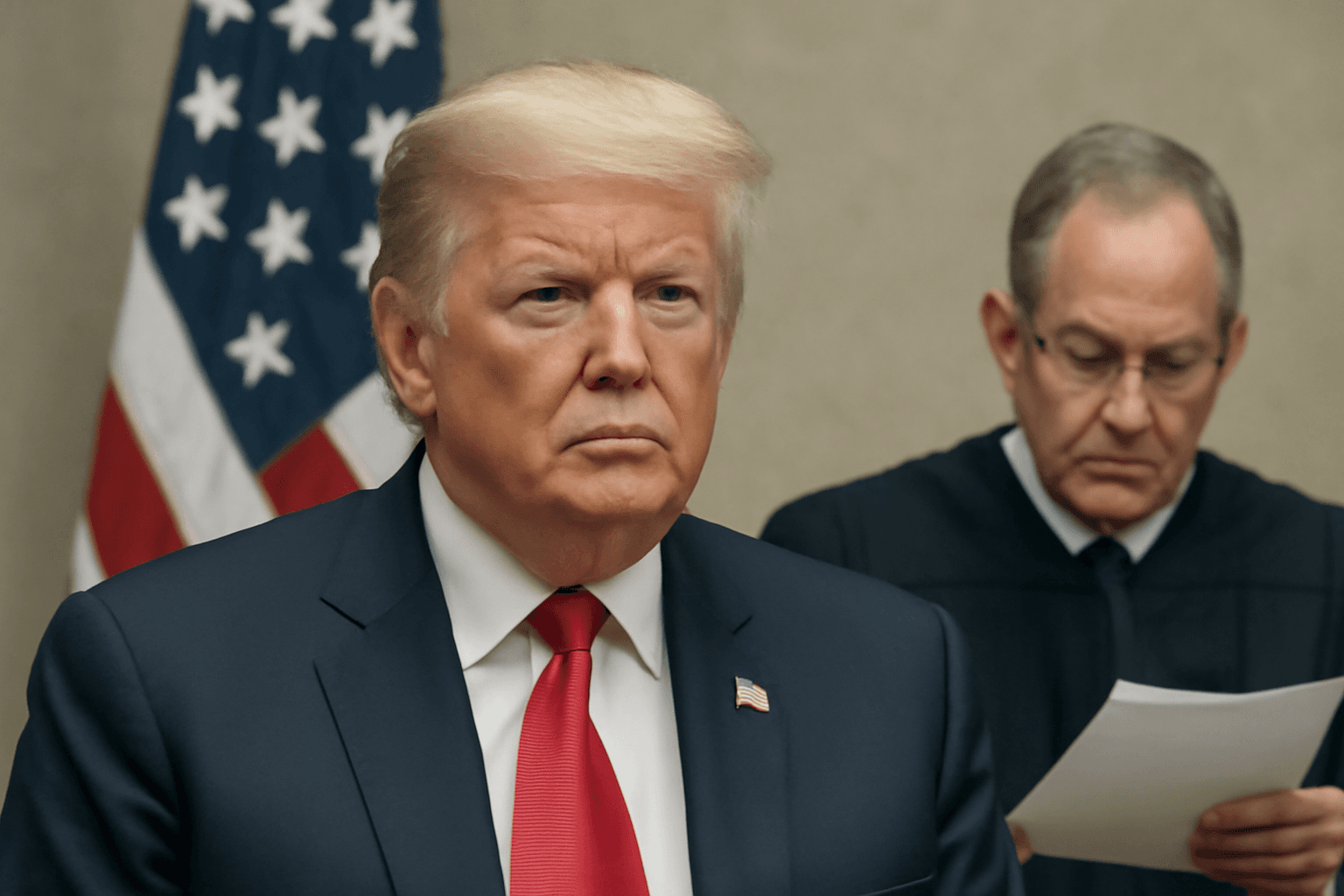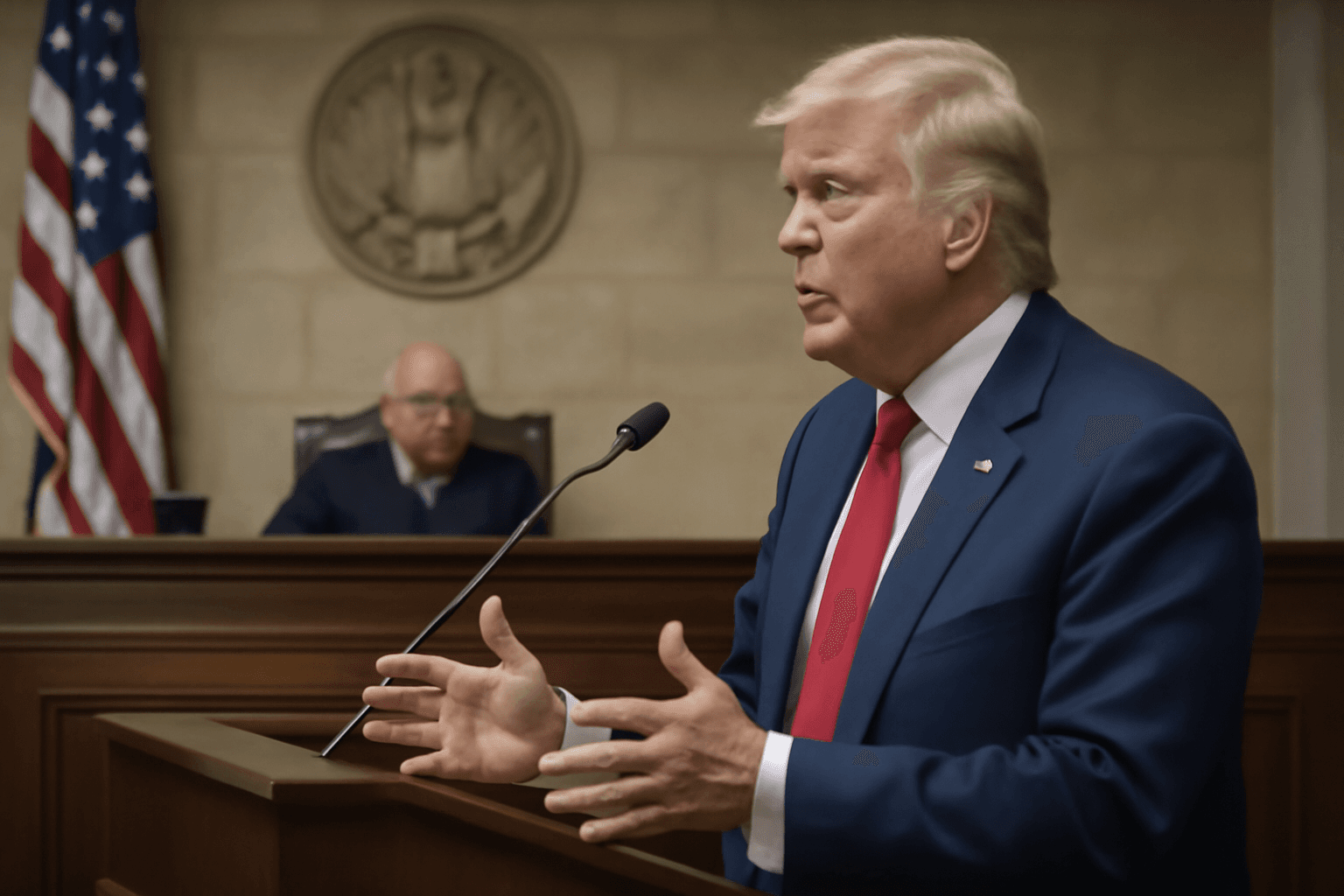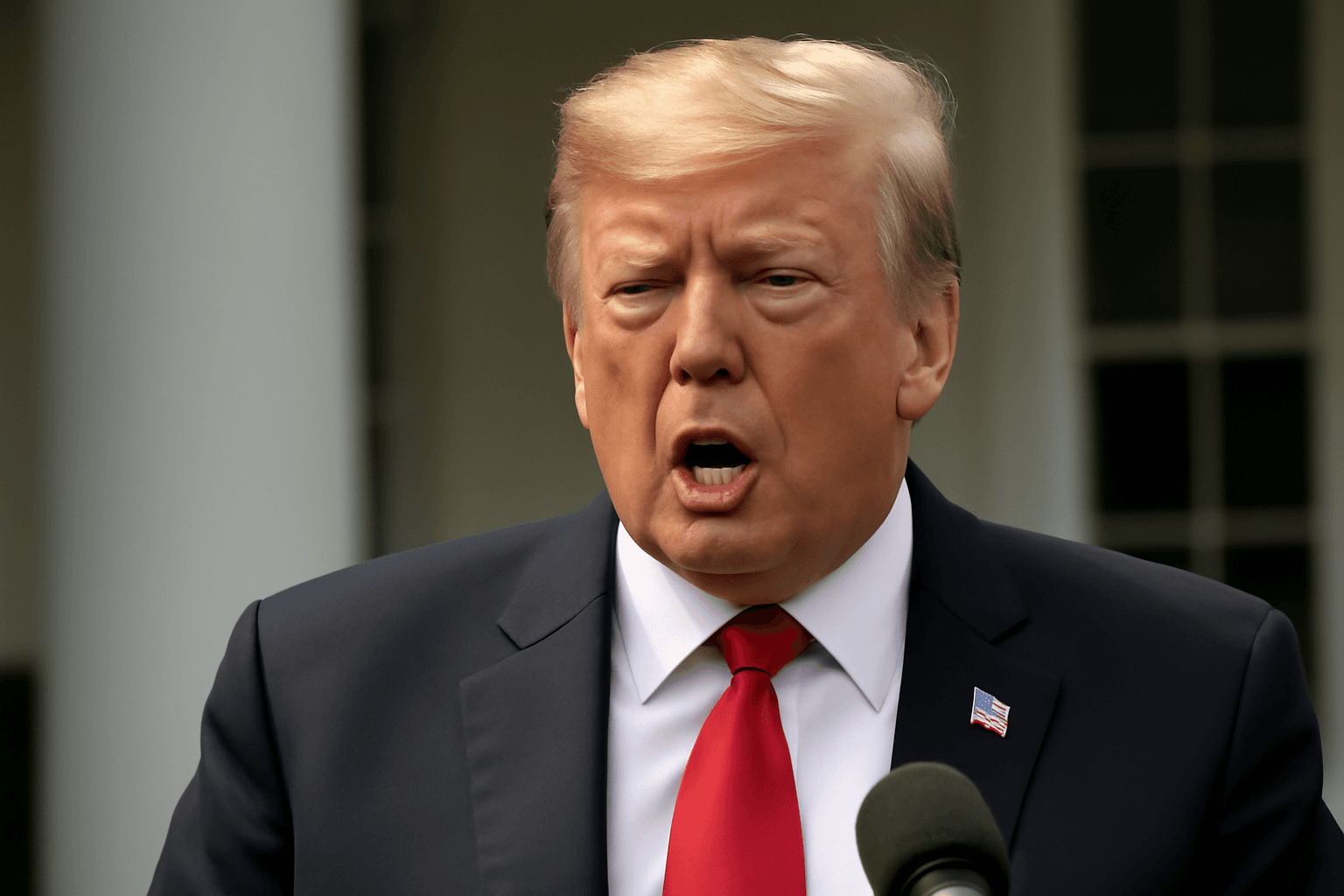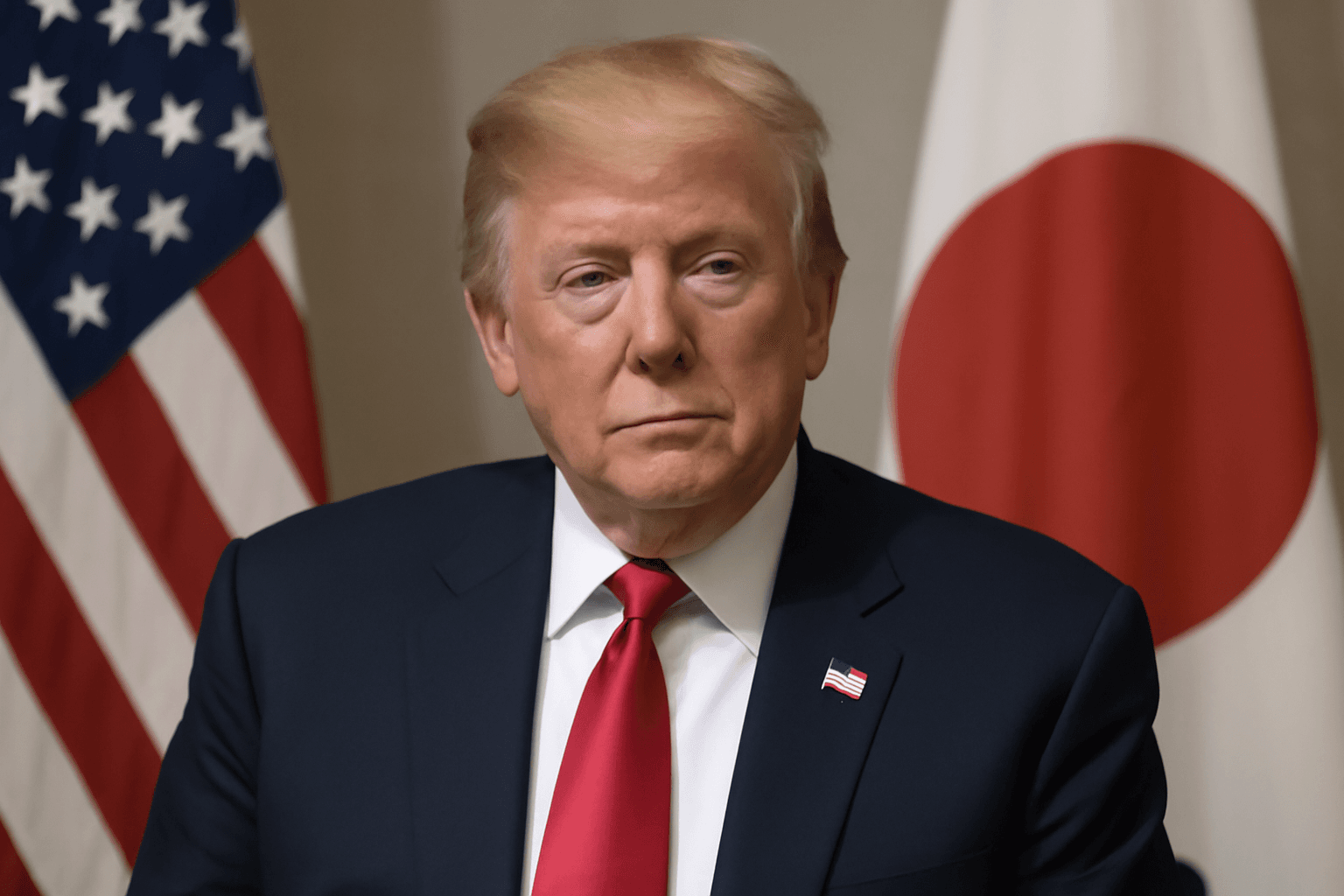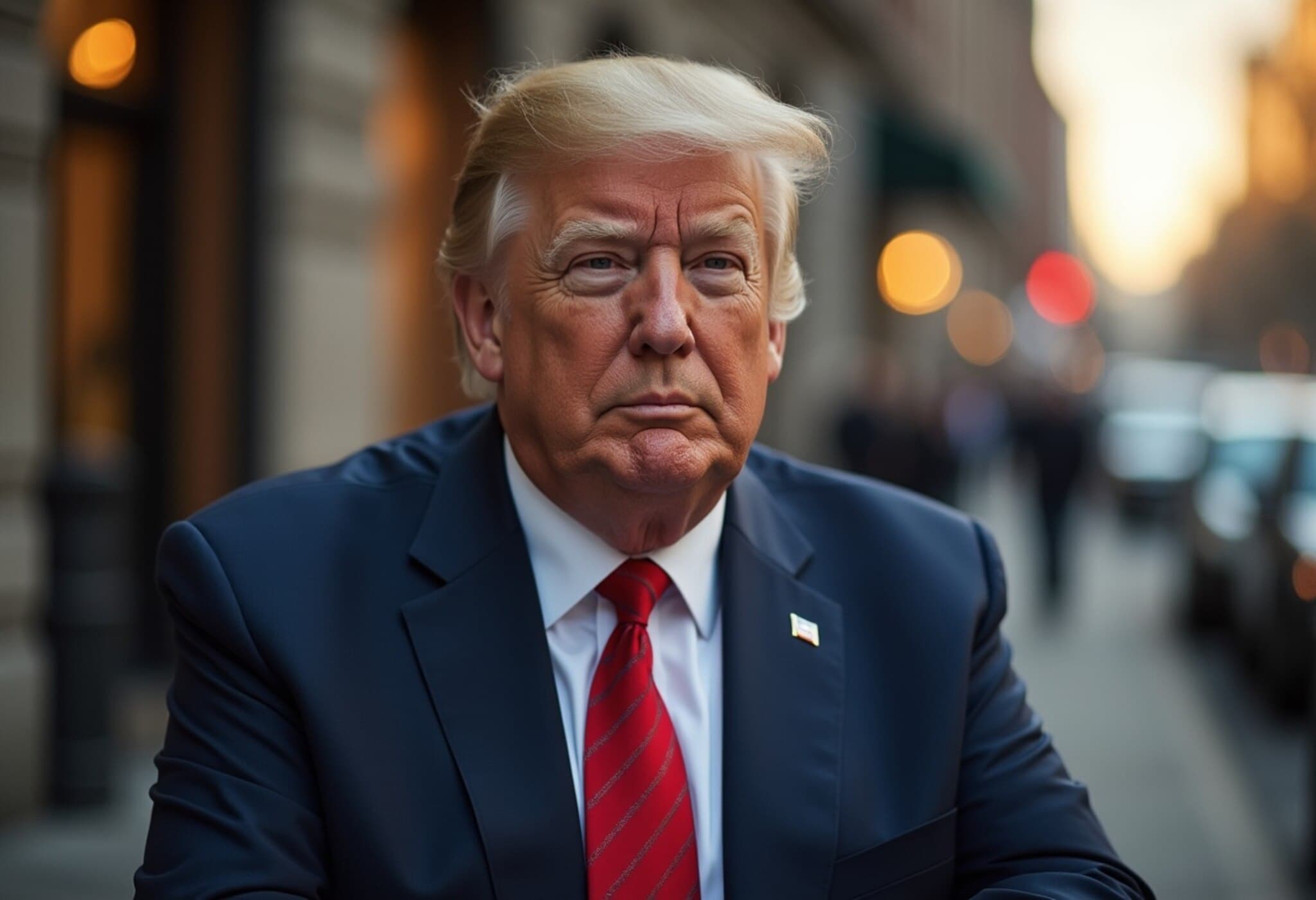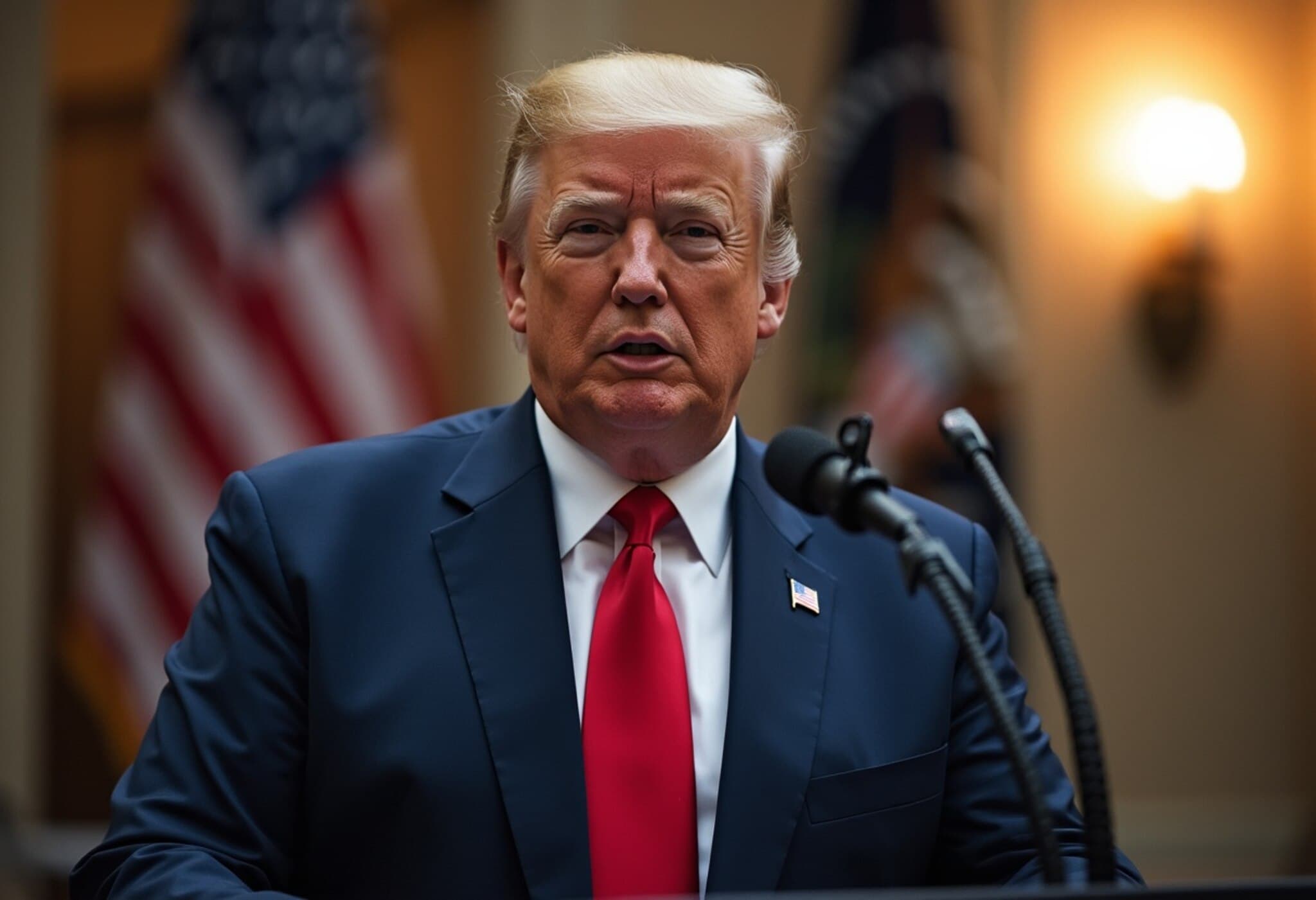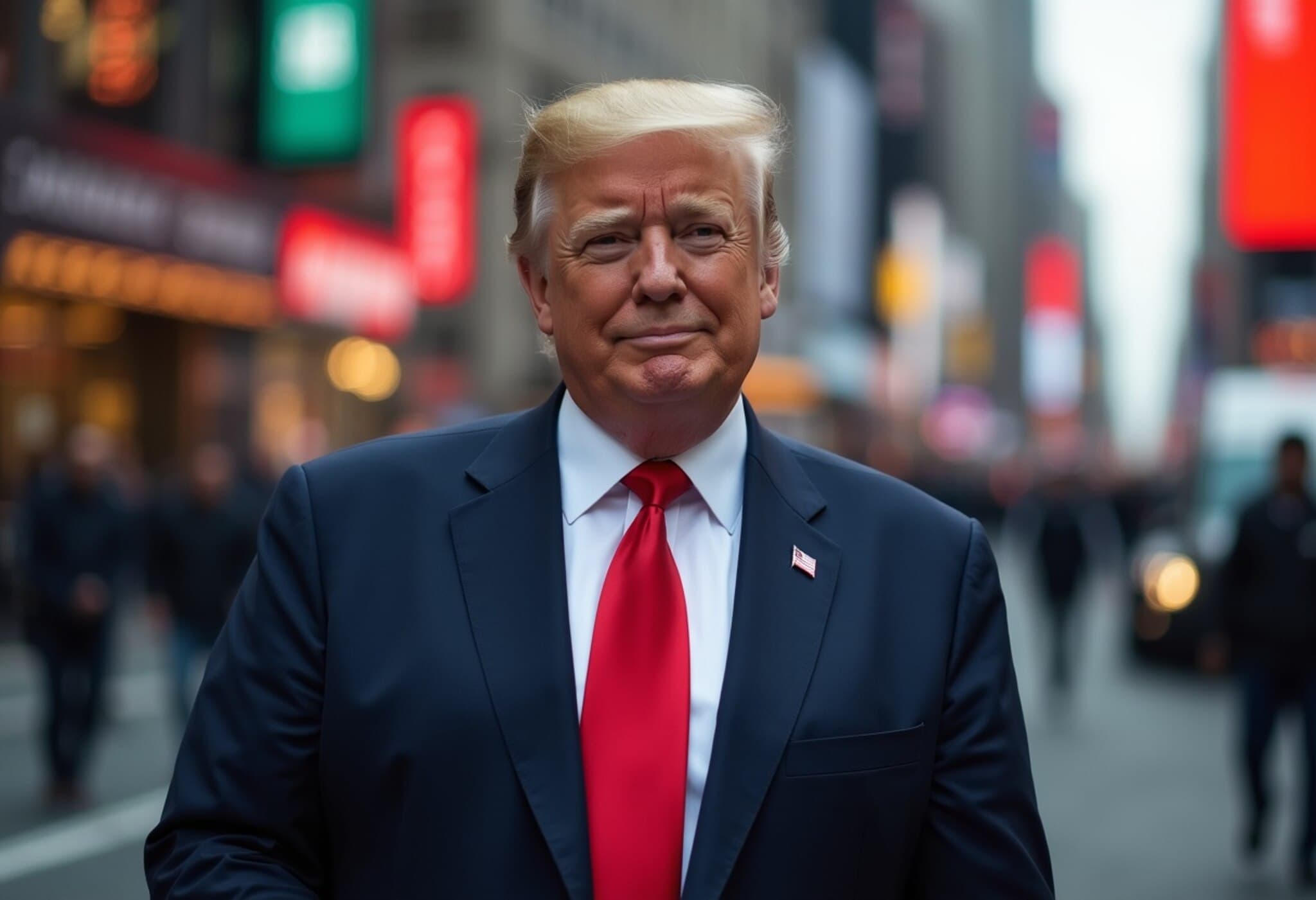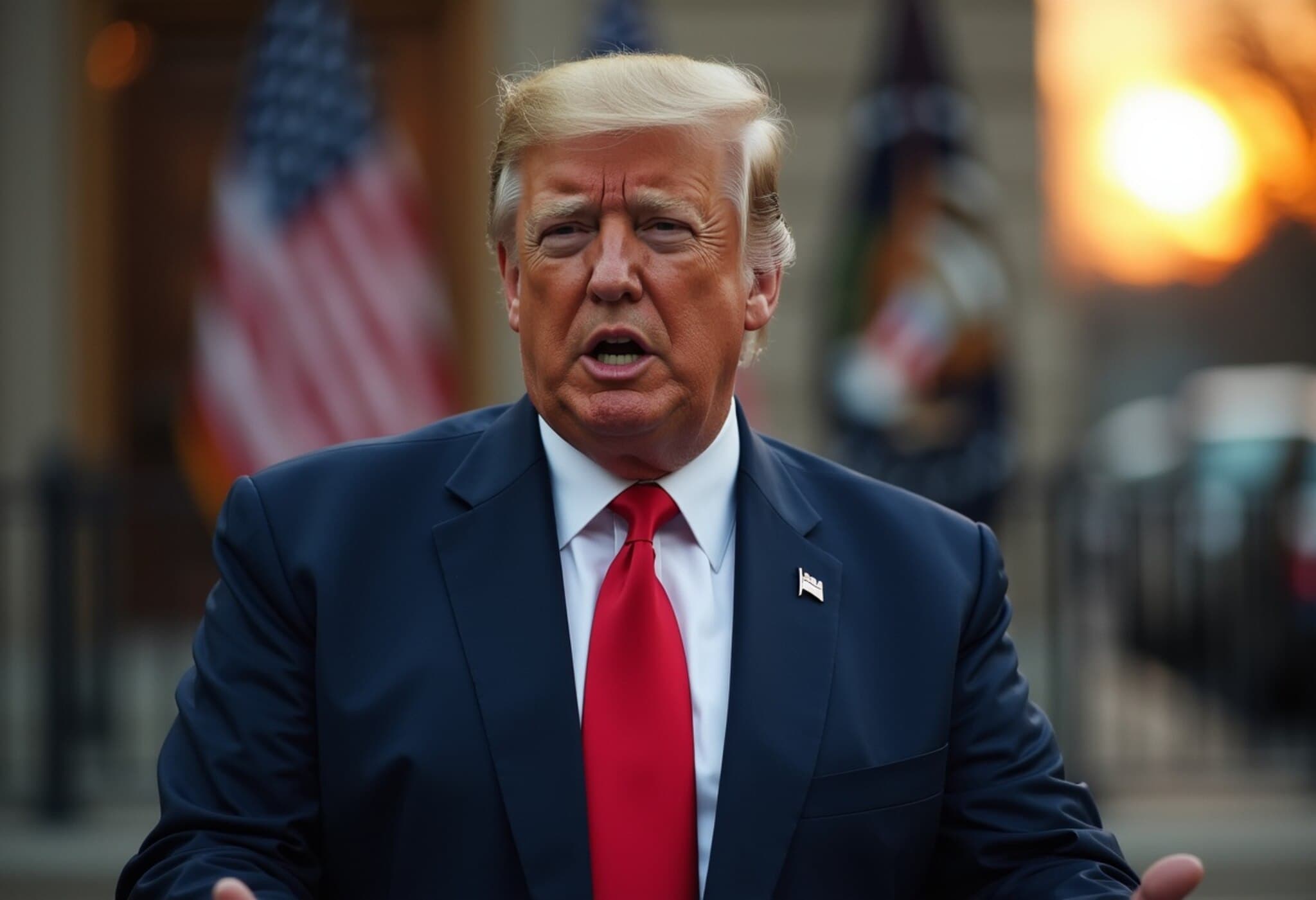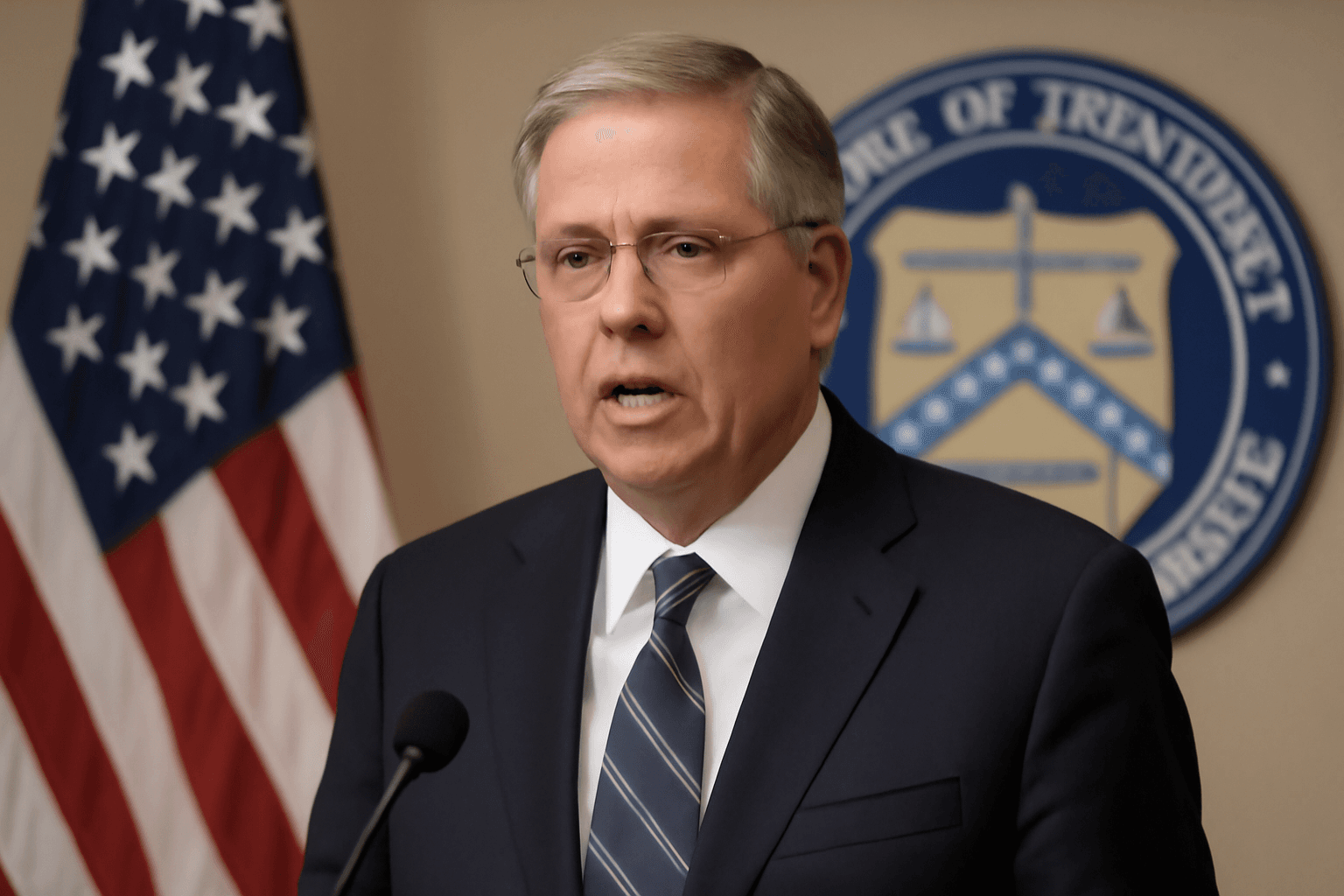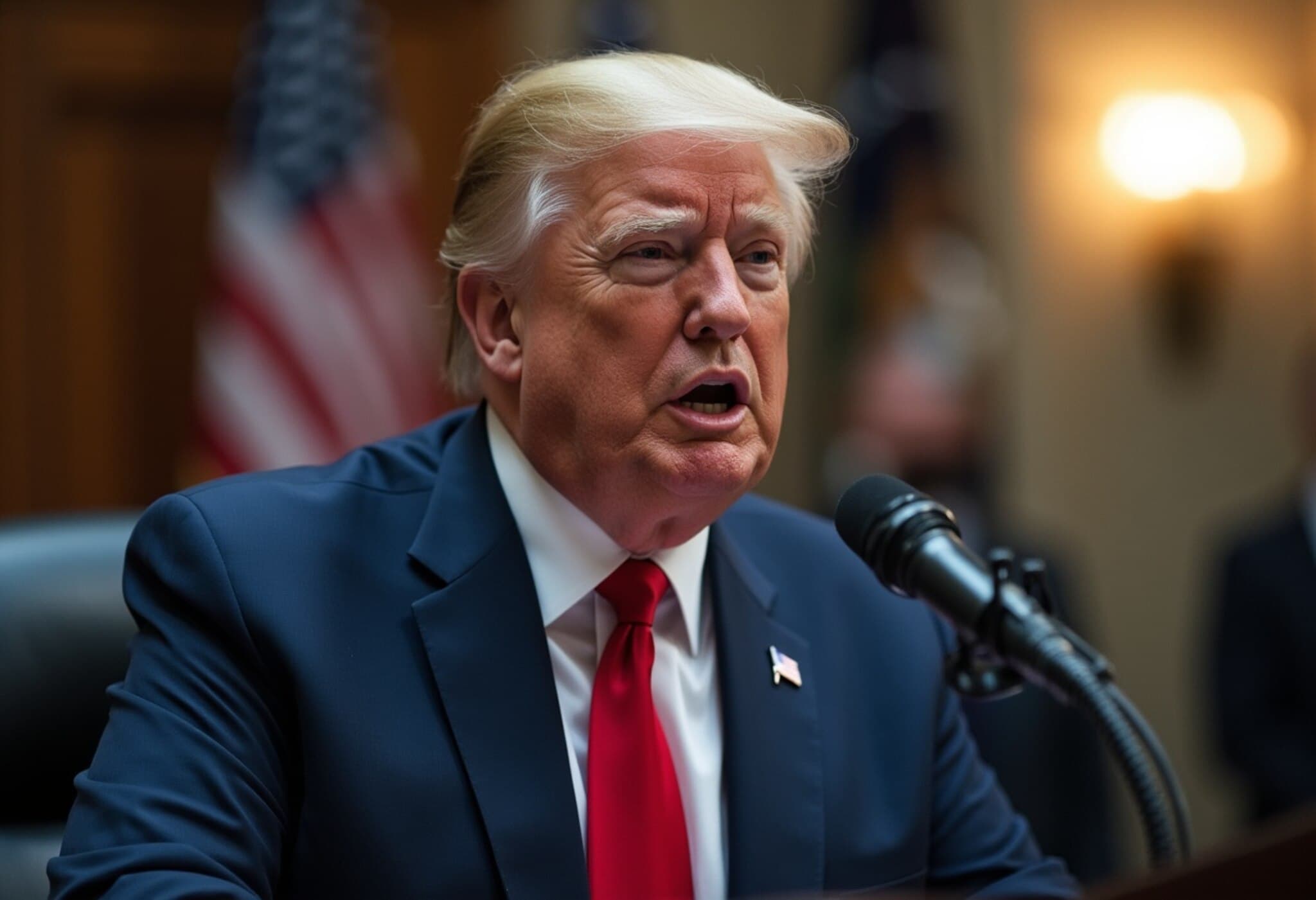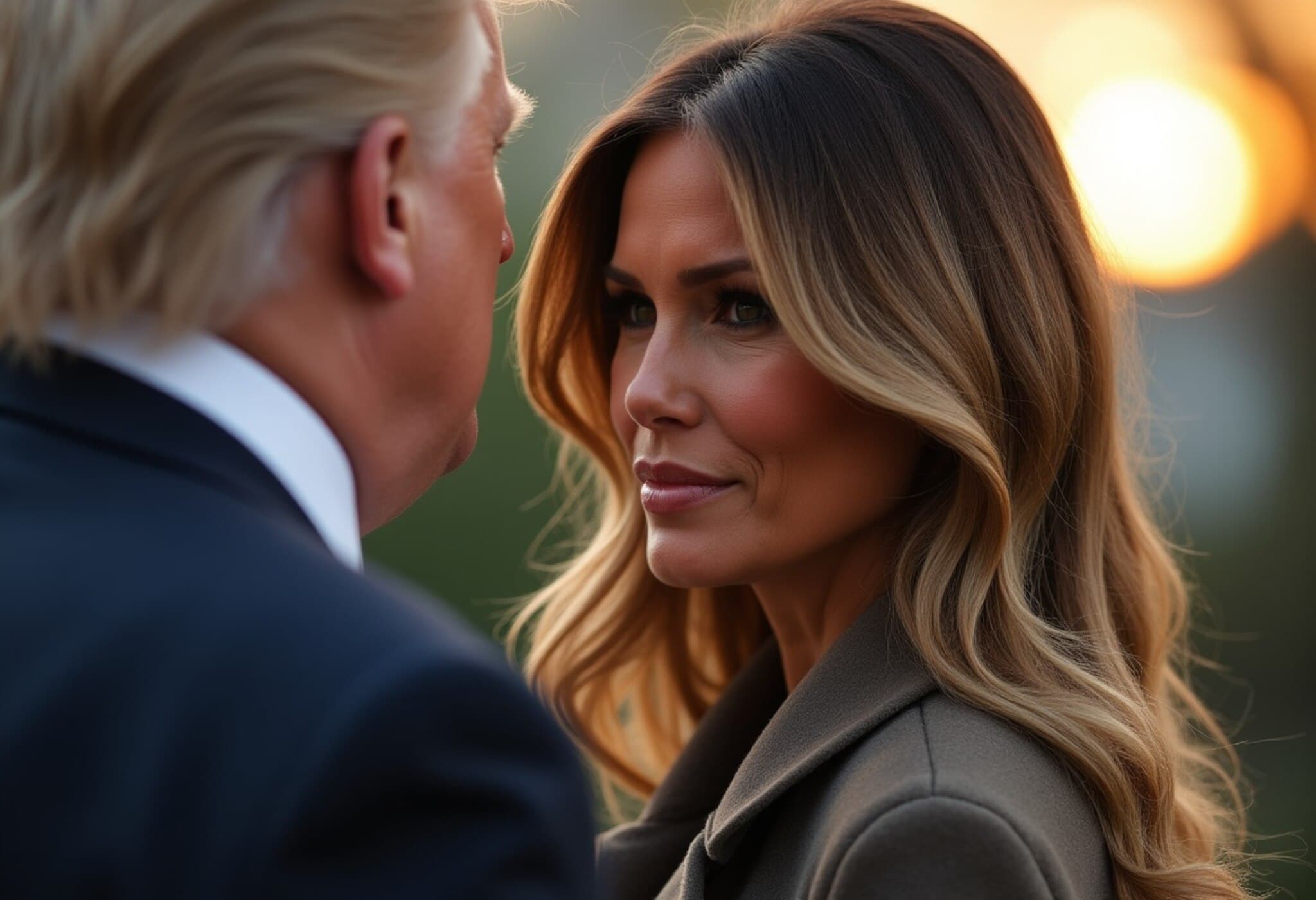Trump Proposes Using Tariff Revenue to Fund Dividends and Cut National Debt
In a striking policy proposal, former U.S. President Donald Trump unveiled plans to redistribute earnings generated from his aggressive tariff policies directly to American citizens, particularly targeting middle- and low-income households. Speaking briefly to reporters before departing his New Jersey golf club, Trump suggested that tariff revenues could serve a dual purpose: providing financial relief to everyday Americans and helping reduce America’s burgeoning national debt.
Tariffs as a New Revenue Stream
The tariffs implemented under Trump’s administration represent one of the most sweeping trade policy shifts in decades. The basis for these tariffs traces back to a 1977 law enabling the President to address trade imbalances as national emergencies. Using this authority, Trump imposed tariffs up to 50% on imports from countries with significant U.S. trade deficits, while a baseline 10% tariff applies to most other nations.
Among the most affected countries are Brazil (50%), Syria (41%), Switzerland (39%), Canada (35%), India (25%), and Taiwan (20%). Intriguingly, Pakistan received an exception with its tariff reduced from 29% to 19%. As of July 2025, Treasury data showed customs duties and related excise taxes generated $152 billion, nearly doubling collections compared to $78 billion during the same period the prior fiscal year.
What Trump Said About Using the Revenue
“There could be a distribution or a dividend to the people of our country,” Trump said, emphasizing potential benefits for middle- and lower-income Americans. He framed the tariffs not as punitive tools but as instruments for achieving greater fairness and reciprocity in global trade.
“We’re going to pay down debt,” he said, emphasizing that the influx of tariff income represents an unprecedented opportunity to address decades-long fiscal challenges faced by the United States.
The Broader Economic Context and Risks
While the idea of distributing dividends from tariff earnings might sound appealing—offering a form of direct economic stimulus to ordinary citizens—many economists caution about unintended consequences. Increased tariffs often result in higher costs for American consumers, as companies pass on these expenses through elevated prices on imported goods and domestic products relying on imported components.
Moreover, the broader economic growth could be tempered by escalating trade tensions. Analysts warn that sustained tariffs may slow overall economic performance, reduce employment growth, and eventually diminish traditional income tax revenues, creating complexities for federal budget planning.
Expert Insight: A Double-Edged Sword for U.S. Economic Policy
Trade policy analyst Dr. Susan Harper notes, “Tariffs can serve as a potent fiscal lever, but their efficacy depends heavily on how revenues are redeployed and the responsiveness of global trading partners. Redirecting tariff income to disadvantaged communities could help offset cost-of-living pressures, but if not paired with broader economic strategies, it risks fostering inflation and retaliation.”
This recalibration of trade is not without precedent; Trump attempted a similar approach during his first term targeting China’s trade practices but was hampered by the onset of the COVID-19 pandemic, which disrupted global supply chains and complicated negotiation efforts.
Looking Ahead: Uncertain Outcomes Amid Strategic Shifts
As the U.S. moves forward with this tariff-centric economic strategy, several questions remain:
- Will the dividends proposed reach those most in need effectively?
- Can tariff revenues sustainably reduce the national debt without exacerbating inflation?
- How will key trading partners respond, and what new trade alliances or conflicts may emerge?
Ultimately, the success or failure of this approach will hinge on the delicate balance between protecting American industry and ensuring that global trade relationships remain functional and beneficial.
Editor’s Note
The idea of distributing tariff revenues as dividends to citizens introduces a novel intersection of trade policy and social welfare—blurring the lines between economic protectionism and direct public benefit. This raises important questions about the evolving role of fiscal policy in addressing income disparities and national debt simultaneously. Readers are encouraged to consider the trade-offs policymakers face when leveraging tariff revenues, particularly as global markets grow increasingly interconnected. Will this strategy become a blueprint for future trade policy, or will economic realities temper ambitions? The unfolding developments will be critical to watch.

